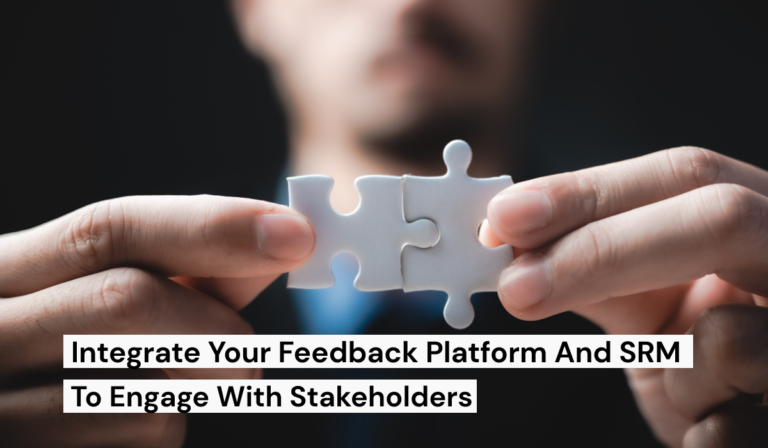For land-use planning organisations, community engagement is generally undertaken in a traditional form (an ad in the local newspaper, notification on Council’s website and or a public hearing) because it is a necessary, legislated part of the process.
In the past, land-use planning has been seen as a crucial part of the process that leads to better decisions and better outcomes for all stakeholders. However, effective community engagement should be both expected by the community and built-in to the project plan at the start of any project.
As we move into an online world the mentality of land-use planning needs to change. The traditional methods of community consultation are becoming insufficient and the need to engage through alternate methods, including online tools, is a crucial part of the planning process. Effective community engagement is starting to be seen not just as a legislated part of the process, but a necessary part of the process due to the value it adds to a project.
For the community, online engagement provides a platform for a wider cross-section of the community, who are traditionally difficult to engage with, to easily access correct information 24/7 and get involved at a time and location that is convenient for their lifestyle. It allows a realistic representation of the community, which ensures the best outcome for all stakeholders, and not just a vocal minority.
For land-use planning, online engagement tools give a platform to provide project information to the wider community and manage misinformation. It ensures that costly negotiating with a vocal minority, which can often lead to budget blowouts and timeframe delays, to be minimised. Importantly, it provides a level of job satisfaction for the planner, knowing that they have prepared their plan with their plan with input from a wide cross section of the community. For the elected representatives, it provides transparency for their decisions. The decisions made by elected representatives often come under scrutiny. Online engagement not only provides decision makers with an insight into what a large cross section of the community is thinking, but also enables them to make decisions based on real data. Such decisions are less likely to come under scrutiny.
For the council (or agency, or consultant, or state department), making a sincere effort to engage with a wide cross-section of the community and actively seeking community involvement in decision making is likely to promote a positive relationship between the two stakeholders.
This article was written by our partners at Social Pinpoint. Click to view the original article.
Enjoyed this article? We think you will also enjoy Demographic profiling – know your community.



